Lake Baroon Catchment Care Group (LBCCG) was formed in 1992 after a series of algal blooms following the dam reaching full capacity. In hindsight, this was a brave move for politicians and officers who are understandably wary of getting involved in community politics. They realised that voluntary changes to land and water management meant working with ordinary people. This approach was highlighted in the 1995 Conference, hosted by LBCCG, entitled ‘People Power in Catchment Care’. It was funded by AquaGen and the State Government. It was interesting – even inspiring – and rather optimistic.
In early years, each voting member represented a community group: Barung Landcare, the Chamber of Commerce, the QDO, Green Hills, Manduka Cooperative, etc. These groups have widely different attitudes to the environment and the process was marred by conflicts which threatened to derail the Group. The overriding aim of the Group was always to engage the farmers and, largely for this reason, LBCCG remained separate from Barung Landcare, though the two groups overlap.
In 1997, The Lake Baroon Catchment Management Strategy (LBCMS) was launched. AquaGen was one of the first bulk water entities in Australia to develop such a document. The Strategy provided a snapshot of the health of the catchment, outlines the water quality issues facing stakeholders and suggests a methodology for improving the health of the waterways. The Strategy was updated in 2004 and again in 2007, however this version remains in Draft form. Unfortunately since then there has been little appetite to bring the document up to date.
In 2005, LBCCG and AquaGen saw an opportunity to expand their water quality improvement works within the Lake Baroon catchment by entering into a cooperative partnership with the Burnett Mary Regional Group for Natural Resource Management Inc (BMRG). BMRG is the peak coordinating body for natural resource management in the Burnett Mary region and developed the natural resource management plan for the Burnett Mary region, Country to Coast, A Healthy Sustainable Future (C2C). Although this document is now obsolete, an up to date plan is close to finalisation (2015). In July 2005, LBCCG and AquaGen signed a Memorandum of Understanding with BMRG to host the position of the Lake Baroon Catchment Officer.
The first priority of the Catchment Officer was to align the regional management actions provided in C2C with the catchment-based management actions contained in the LBCMS in order to identify mutually beneficial actions that would deliver the targets in both plans. The alignment of the two strategies culminated in the production of the Lake Baroon Catchment Implementation Plan (LBCIP). Like the Catchment Strategy, the Implementation Plan is now sadly out of date and requires updating as the Maleny plateau is undergoing rapid change, with land use change, population growth and the shift from an agricultural based economy to a tourism based economy.
Despite the rapid change LBCCG remained committed to reducing risks to water quality in the Lake Baroon catchment and continues to work with the large landholders in the catchment to implement activities that not only provide water quality benefits but property productivity and viability as well. After many years of delivering efficient and effective on-ground projects our efforts are finally being recognised not only as important, but also as a model of ‘catchment care’.

